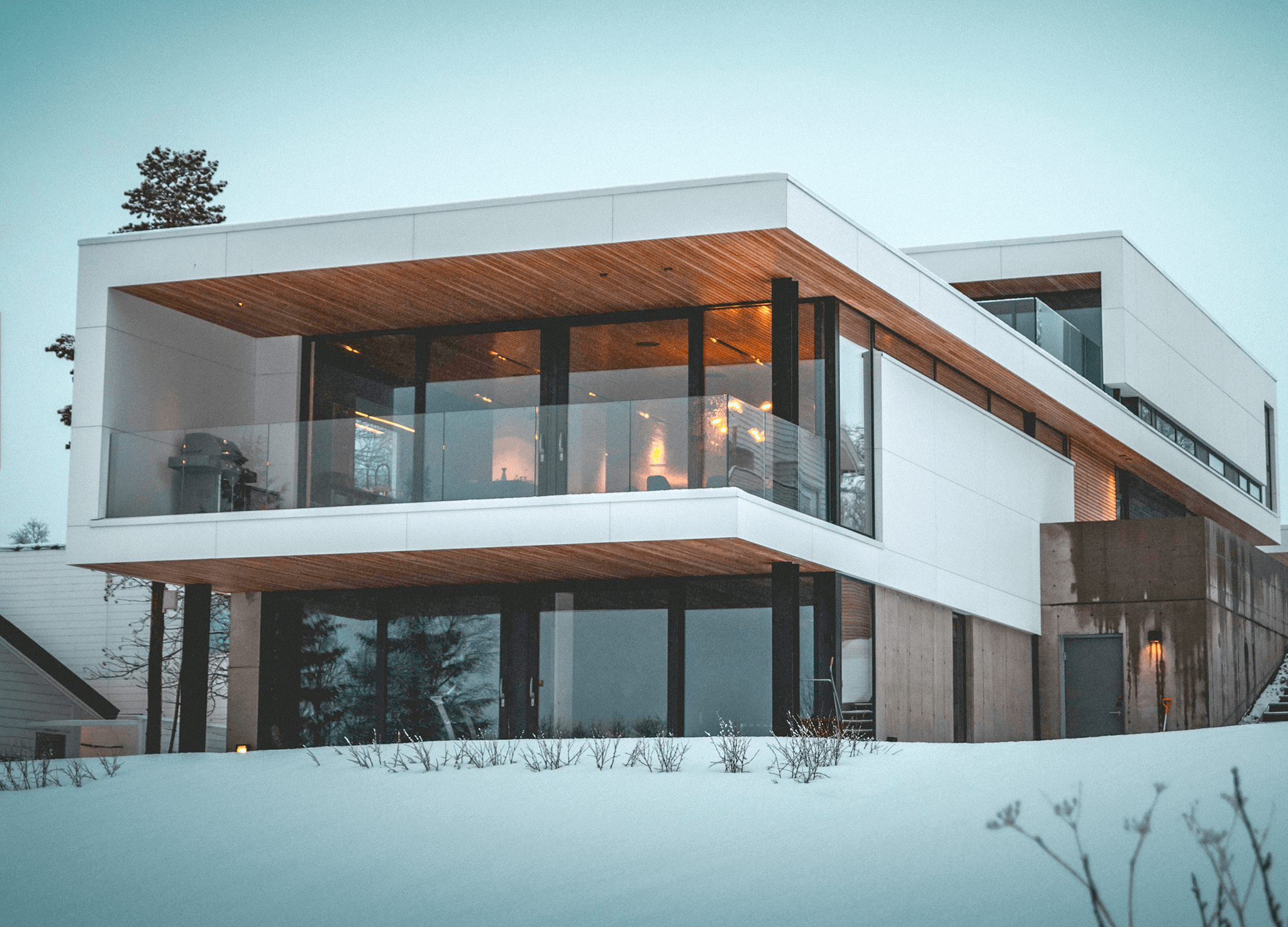
From Workshop to Masterpiece
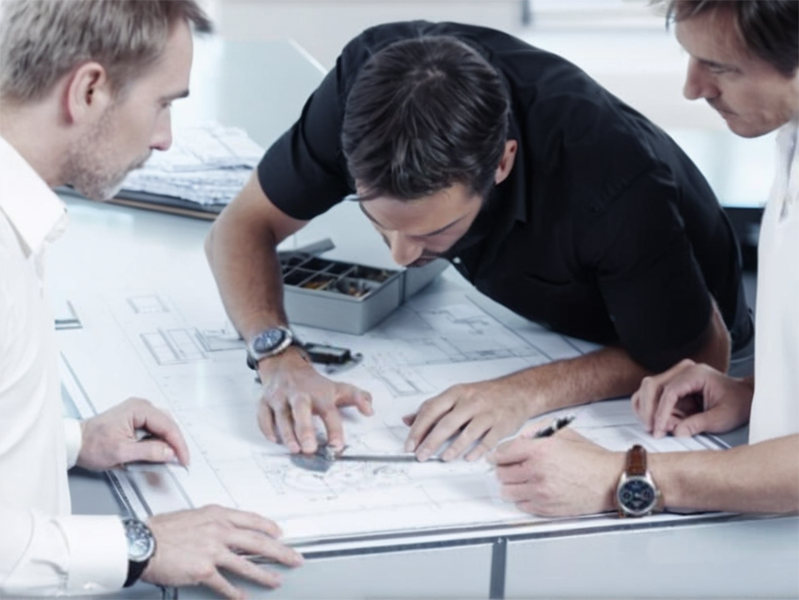
CONSTRUCTION
DESIGN
When Rotelux begins developing a new watch winder, our designers and construction specialists start with a single question: What exactly do we want to achieve? Should the product set a new benchmark in smart automation? Will its strength lie in near-silent operation, expanded capacity, or perhaps the elegance of its materials? The development process begins with detailed modeling using computer-aided design tools. Here, Rotelux places great importance on aligning engineering and design with modern manufacturing technologies.
Working closely with our engineers, the product designers play a vital role in balancing form and function. The shape of the case, the layout of the watch holders, the lighting, the choice of materials and textures, and the overall finish are always the result of collaborative effort. Beyond technical features and aesthetic appeal, other, more emotional aspects—such as the feel of a drawer handle or the soft click of a button—are never left to chance. The tactile feedback, the sound of a motor, or the warmth of a wood surface are refined through many prototypes.
Often, our team draws inspiration from classic design sketches and archival concepts. Ultimately, it is our respect for the craftsmanship of the past that ensures consistency and timeless quality at Rotelux.

MANAGEMENT
QUALITY
At Rotelux, our commitment to excellence is upheld by a rigorous development and quality management system, supported by a comprehensive inspection and testing program. To ensure exceptional reliability, we employ advanced testing methods including 3D simulations, dual-temperature calibration procedures, decibel meter testing, and material stress analysis. Each reliability test is designed to replicate real-world conditions over extended periods, allowing us to verify mechanical endurance, thermal stability, and acoustic performance with precision.
From the earliest design stages, every element—motors, drive shafts, gear profiles, drawer tracks, hinges, and even lighting modules—is examined for potential failure points. This structured approach, known as Failure Mode and Effects Analysis (FMEA), helps us identify risks before a product reaches production. Our engineers draw upon experience from previous developments, customer feedback, and practical insights to enhance durability, maintainability, and ease of service.
The result is a Rotelux watch winder built to last—engineered not only for precise timepiece care, but also for long-term performance and repairability, ensuring it remains a trusted companion in any collector’s environment for years to come.
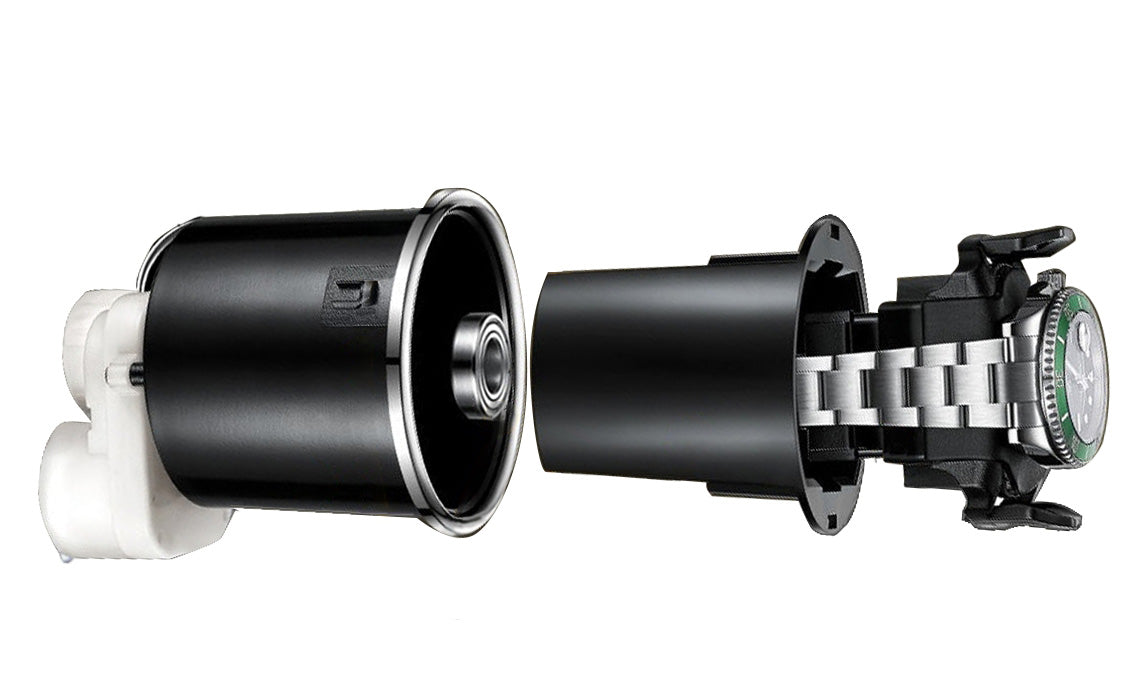
MANUFACTURING
TECHNOLOGY
The assembly of a Rotelux watch winder begins with the integration of the core motor system, gear train, and directional control module, followed by meticulous adjustment—our own form of mechanical "réglage." Depending on the model, the process may also include silent-mode configurations, programmable TPD settings, and LED ambient lighting systems. One of the most demanding steps is the alignment of the winding axis and balancing the motor torque—tasks that require manual precision no machine can replicate to the same standard.
At every stage of assembly, functional tests and calibration routines are continuously performed and adjusted to ensure flawless operation. After this, skilled technicians carry out modular integration of key components such as the winding mechanism, control board, lighting system, and display features. In our specialized units, high-end models are further enhanced with lockable storage drawers, touchscreen controls, and noise-dampening enclosures. Each unit undergoes final tuning and full-cycle testing before being installed in its case—ready to deliver refined performance and long-term reliability.
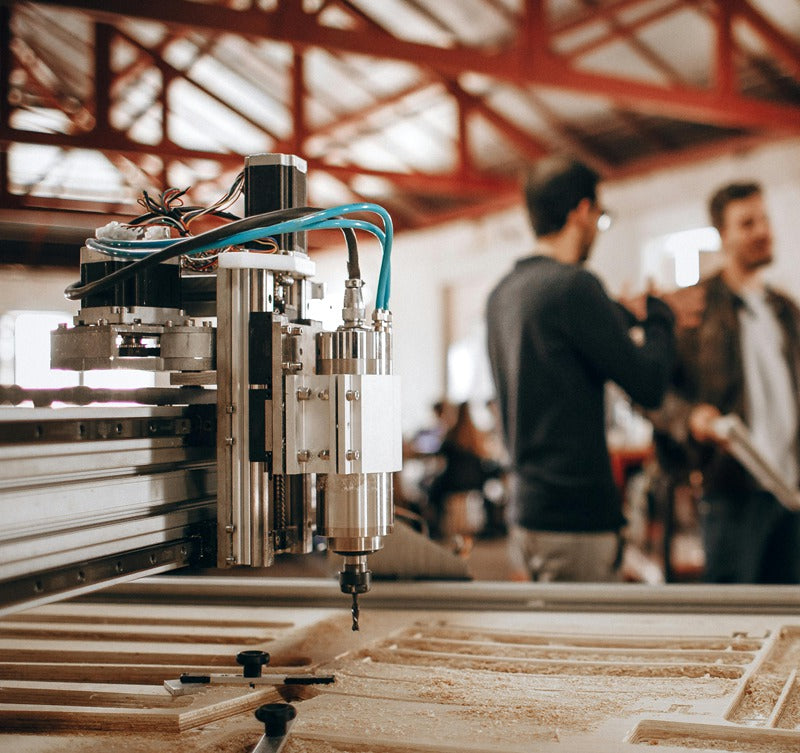
MANUFACTURING AND ASSEMBLY
Surface Finishing
In terms of precision, craftsmanship, and attention to detail, the production of a Rotelux watch winder casing is no less demanding than any other stage of manufacturing. For wood-based models, panels are cut from carefully selected veneers or eco-friendly MDF boards, depending on the design. Our premium cases—whether made of aluminum alloy, carbon fiber, or layered composite materials—are CNC-machined from industrial-grade sheets or blocks produced exclusively for Rotelux. These materials are shaped with tolerances down to one-hundredth of a millimeter to ensure a perfect fit.
CNC milling machines are used to create precise openings for the control interface, glass inlays, air vents, and access panels. More complex contours—such as beveled edges, integrated drawer fronts, or multi-angle faceplates—are shaped using 5-axis machining. After initial cutting and drilling, each surface is checked against strict dimensional standards. Edges are then manually deburred, softened, or chamfered to achieve a seamless touch. Any machining marks are carefully removed, and the surfaces are treated according to their finish: high-gloss lacquer, hand-rubbed wood polish, matte anodization, or fine sandblasting.
Decorative treatments such as cross-brushed textures, carbon patterns, or piano-black coatings are added at this stage—sometimes even on interior panels that remain hidden from view. Finally, a sequence of functional and visual inspections—ranging from noise isolation tests to resistance to temperature shifts and mechanical stress—concludes the case manufacturing process. Only after passing every test is a casing approved to become part of a Rotelux timepiece care system.
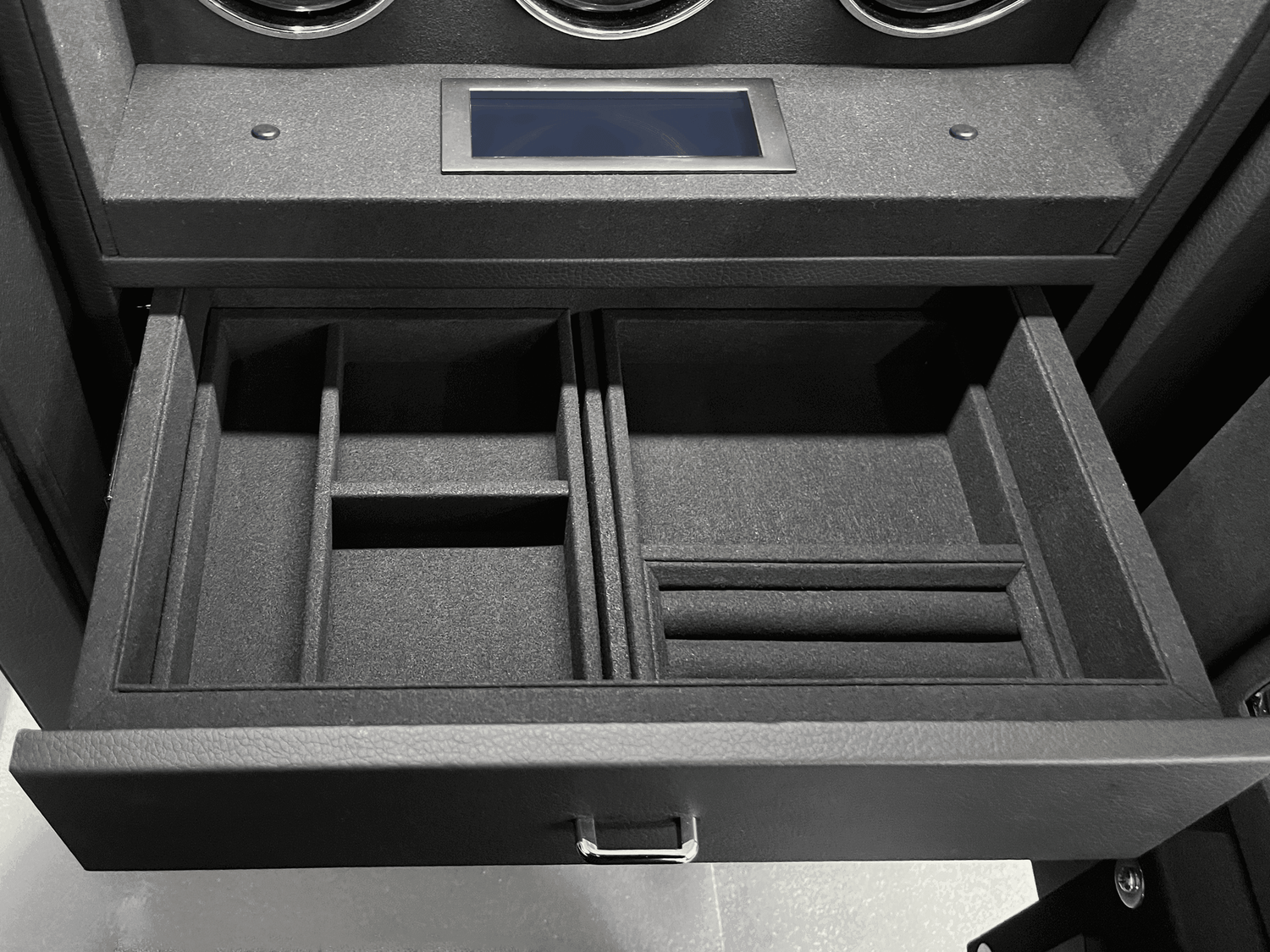
MAKES ROTELUX WATCH WINDER UNIQUE
CUSTOMIZATION
Each Rotelux piece is a statement of refined craftsmanship—but for those seeking an even greater degree of individuality, we offer a curated range of personalization options designed to reflect your taste, heritage, and lifestyle.
Thanks to advanced engraving and finishing techniques, we provide meaningful ways to make your watch winder truly your own. From engraved initials, dates, or a personal dedication to custom metal nameplates or brand marks, each detail adds a layer of personal legacy—etched to last for generations.
Beyond engraving, we offer bespoke configurations in exterior materials, interior linings, and functional layout. Whether you prefer a piano black lacquer finish, walnut veneer, or carbon fiber styling, each casing is crafted with precision. The interior can be tailored with luxurious suede or leather lining, and you may choose the number of winding modules and drawers to suit your collection’s needs.
While the core structure of our cabinets is engineered for optimal performance and is not modified, our modular design allows for aesthetic and functional customization—delivering a watch winder that not only performs impeccably but feels uniquely yours.
At Rotelux, we believe personalization is not about excess—it's about meaning. Through carefully chosen details and materials, we help you create a lasting expression of who you are.